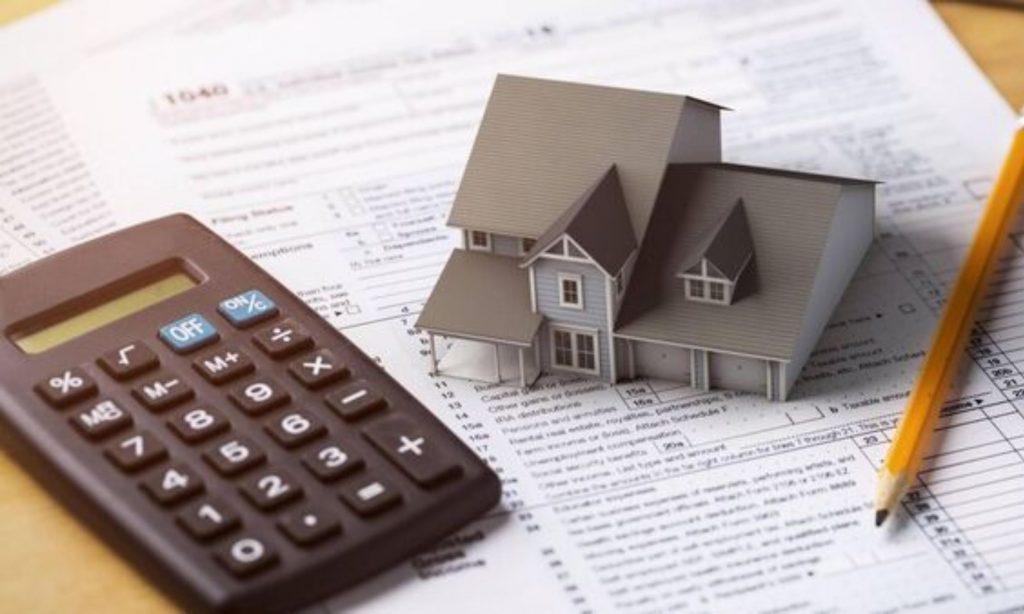
Last year will be remembered as a year of upheaval with dramatic changes experienced in farm gate prices for milk, beef, and cereals, matched with a dramatic increase in prices among all major inputs.
While official figures are not yet out, the expectation is that dairy farming will have fared best with profits up over 40% depending on the volumes tied up in fixed milk prices.
Tillage farm incomes are expected to be up 10% on 2021 levels, while sheep and cattle farm incomes are expected to come in slightly below 2021 levels.

The variation of farm profits at individual farm level can be significantly above or below the average depending on whether fertiliser was bought ahead of time for the 2022 season at the back end of 2021 and also depending on scale, the production system and reliance on inputs.
Without wishing to be the bearer of bad news, large swings in profitability can result in even larger swings in tax liabilities.
Take for example a farmer with a taxable income in 2021 of €40,000, rising by 25% to €50,000 in 2022, the expected tax bill for a single person under 65 with no other income would be €7,927 for 2021 rising to €12,777 for 2022, a marked increase of over 60%.
The key point here is that income earned at the lower scale is taxed relatively modestly but an increase into the higher tax bracket can drive up the tax bill at an alarming rate.
Given how unsettling 2022 was from a financial perspective, it really is worthwhile taking the bull by the horns and getting a handle on where farm profits are so that the tax position can be established.
Few if any of us are so in tune with our finances that we can tell how much profits we’ve made without actually sitting down and doing the sums.
Whatever the underlying figure is, there are a number of options available even at this stage to reduce the tax liability for 2022.
These include pension contributions, potentially changing the accounting year-end, opting into income averaging and opting to pay preliminary tax in monthly direct debit instalments.
Mitigate tax exposure
Rescuing yourself as best as possible in respect of 2022 should also lead on to forward planning to mitigate your tax exposure for 2023.
Options for mitigating you tax position in the future include company incorporation, phased reinvestment and maintenance expenditure programme, forming a partnership, utilising accelerated allowances, succession partnership or registered partnership to lock in some tax savings.
For many farmers, the income tax liability is one of the highest single outgoings from taxable profits and it deserves attention to make sure all credits, reliefs and exemptions are being claimed and ultimately that sufficient funds are set aside.
Now that bank statements and co-op statements have started arriving in the post and the inbox in respect of December 2022 there might be no better time to put the accounts together.
Recouping energy costs
Slightly off topic, if you’re up to the task, farm businesses can make a claim to recover 40% of the uplift in energy costs compared to the reference costs for the preceding year (September 2021-January 2022) under the Government’s Temporary Business Energy Support Scheme (TBESS).
Claims must be made within four months of the end of the claim period.
For example, a claim relating to September 2022 must be made by the end of January 2023.
It can take a few days to get set up most especially where a taxpayer is registering for a Revenue Online Cert for the first time.
Consider asking your accountant /tax consultant to make the claim for you if the process seems too daunting.




















